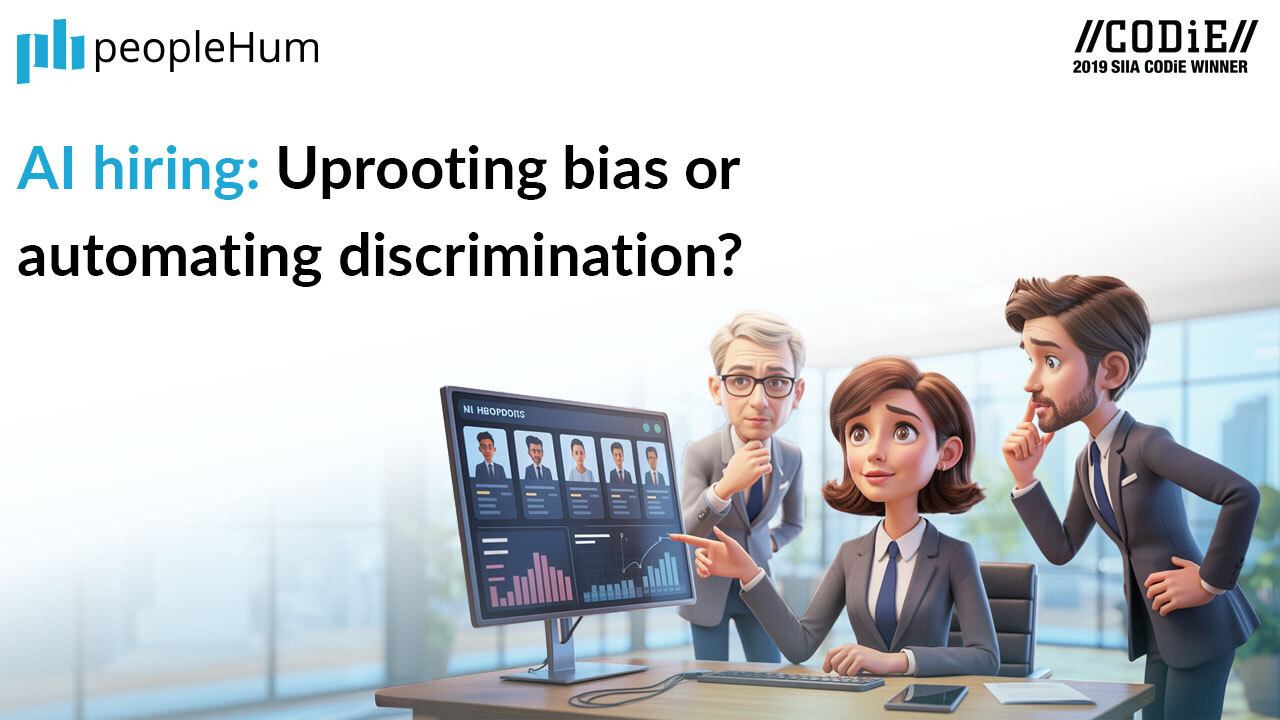The term Talent Management was coined by McKinsey and Company following a study in 1997. So much has changed since then. From being a small part of the Human Resources Department, people and talent management has now evolved into being one of the most crucial ingredients of the HR department. In addition, it also defines an organization’s value and its probability of successfully scaling new heights.
The talent management guide- All you need to know
History
People and talent management showcases a company’s ability to continue innovation and generate fresh ideas. It helps maintain a high morale amongst employees. Managing talent encompasses a wide array of functions.
In the olden days, the term Talent Management was mostly associated with circuses and show business. The concept of talent management as a separate profession began to formalize by early 2000 involving most HR functions. However, by the end of 2011, a definitive line could be drawn between HR and what constituted as people and talent management
Succession planning, assessment, development, and high-potential management were the initial activities that constituted the talent management umbrella. While these still drive people and talent management to this day, other activities continue being included under this umbrella. Meanwhile, AI integration for managing talent is a growing trend now.
Structure management
Managing talent is not an easy task. In addition, the ability to recruit, retain and produce talented employees in the current job market is constantly under test. Hiring the right candidate, at the right time, is only the tip of the iceberg. Gauging the hidden and unexplored potential of the candidates reflects how valuable an asset they can become for the organization with proper nurturing and development. The economic implications of people and talent management activities could bring in the much-needed structure.
Proper people and talent management models makes them feel nurtured, enabled and empowered. This will ensure their development and retention. Retaining hired talent and transitioning them into the working structure of your organization are some of the greater challenges for people and talent management. A well-informed process will ensure the driving force is analytical rather than impulsive. To know more about HR analytics and how it can leverage data-driven decisions.
Read: Talent management: The game-changer in business
Employee Evaluation
Evaluation of employees serves as a yardstick for measuring the performance and potential of each employee. Employee performance evaluation acts as a tool to measure the current value contribution of the employee to the company. An evaluation of potential, however, will bring-forth the hidden value that an employee can add to the company. Careful development, redeployment and retaining of the employee enables proper people and talent management.
Employee Competency
A thin line separates talent management and competency-based management. The major contributors that drive associated decisions are a set of organizational core competencies and position-specific competencies. The competency set may include knowledge, skills, experience, and personal traits (demonstrated through defined behaviors). Older competency models also contain attributes, however, they rarely predict success. With the advent of AI integration, more real-time data collection is possible. Meanwhile, strategically highlighting the desired competency set and design strategies, allows employees to be more involved in the process and take on responsibility and express accountability.
Employee Training
Set up an employee training and development strategy within the organization. As a result, it should encourage productive employees to pick and choose their own assignments and projects. This will allow for more productivity and an employee-centric development model for the company. Having understood the basic outline of talent management and the value it adds to the development and innovation in an organization, let us now move on to get a closer look at talent management models.
Talent Management Essentials
With talent management, there are no hard and fast rules. As they say, one man’s food can be a poison to other, organizations are no exception to this. Talent management can increase the value of any company when you understand and establish the segregation of talent, again, no rules as to how to do it. We believe there are 3 major categories when it comes to identifying talent. They are:
1. The Prodigy:
These are individuals who possess creative talent and maintain a steady performance. These individuals can be developed into great assets. They just need careful nurturing and wishful indulgence. These gifted few can flourish and maintain your innovative streak with a little, but continuous mentoring and coaching.
2. The Performer:
These are the employees that deliver the expertise required to support your innovation. They are the ones who excel in certain specific areas. This is what makes them valuable to a great extent. By encouraging them to get a deeper understanding of their field of interest, you provide the right nurturing environment. Appreciating talent and providing ample opportunity for further development of their knowledge base, drives positive results. In addition, these actions boost morale, which in turn diffuse into their co-workers. A guide to talent management can help you get a better understanding of how employee appreciation will boost retention rates, read our blog on Employee Appreciation which will provide you with informative insights.
3. The Follower:
Let us face it, not everyone is a creative genius or a great performer with deep knowledge. Understand that those are not the only attributes which define a great employee. Every operation, function, and organization in general needs talent that can follow through your vision with the intent and accuracy of an arrow. Just like the prodigy and the performer, the follower also possesses his own unique signature skill. These are the people that will do the footwork that will push your progress one step at a time and keep it moving ahead even when there are other factors obstructing focus and intent.
Understanding Talent Management
There are more subtle ways to gauge and develop your talent pool. They can be put into place with respect to the growth and focus of your organization. However, the talent is only one end of the talent management spectrum, the other being the management of said talent. It is important to understand the objectives of talent management. The management part is where all the finesse comes into action. Because the smallest stones cast also make big ripples in the talent pool. Here is a guide to talent management that will help in building healthy talent management system.
Understand the Make or Buy decision.
When it comes to talent, the HR team needs to take a call on the make versus buy decision. There are a lot of factors that drive this decision. Accuracy in demand forecast, the time period for which a particular skill/talent is required, viability of in-house talent development, etc. Addressing these factors, a solution starts to form and will show the tipping of scales towards make/buy decisions. Always anticipate the future needs in manpower. Clarity on the number of people the HR team has on bench at a given point of time influences organizational culture.
The key is to achieve a balance. Not having enough employees on the bench could lead to a skill deficit. While having too many might just be a waste of resources. A talent management guide could save you a lot of trouble. In addition to helping you reorganize your resources so as to gain maximum benefits and sustained growth.
Define your Risk Bracket
As an organization, you have to be mindful and considerate of career plans. Both of your employees as well as your business plan. These factors can play a major role in reducing the risk of being wrong when it comes to recruitment. Align the organizational goals with manpower anticipations for the future to avoid excess costs in talent management.
Invest in talent with intent
Talent retention strategies need to be developed in order to retain acquired talent. This is a key organizational function in terms of cost reduction. Furthermore, the development of talent in-house will increase productivity in the long run. When your talent feels invested in, they feel valued as well which will drive employee retention. While hiring, another key aspect of investing with intent can be exercised. Reduce the upfront costs by early recognition of talent and offering opportunities ahead of the competition.
Align with Employee interests
Every employee has a different pace of developing skills. Understanding and being able to track the same using analytics will help organizations align with employee interests. Internal surveys and engagement with employees via different channels will further the understanding which employees to nurture, enable and empower.
Conclusion
To sum up, with emphasis growing on global reach of organizations, talent management has become a quintessential value to drive the HR department. In other words, optimizing people’s performance can be key in driving the company’s performance and ensuring ample return for investments. Subsequently, using historical data as a reference point, companies can now plan on effective management of talent to nurture, enable and empower the employees and instill a sense of accountability and increase productivity. All we have tried to do is provide perspective and talent management issues that are the most obvious to us. Stay tuned to our blogs to get more exciting insights pertaining to HR.


















































